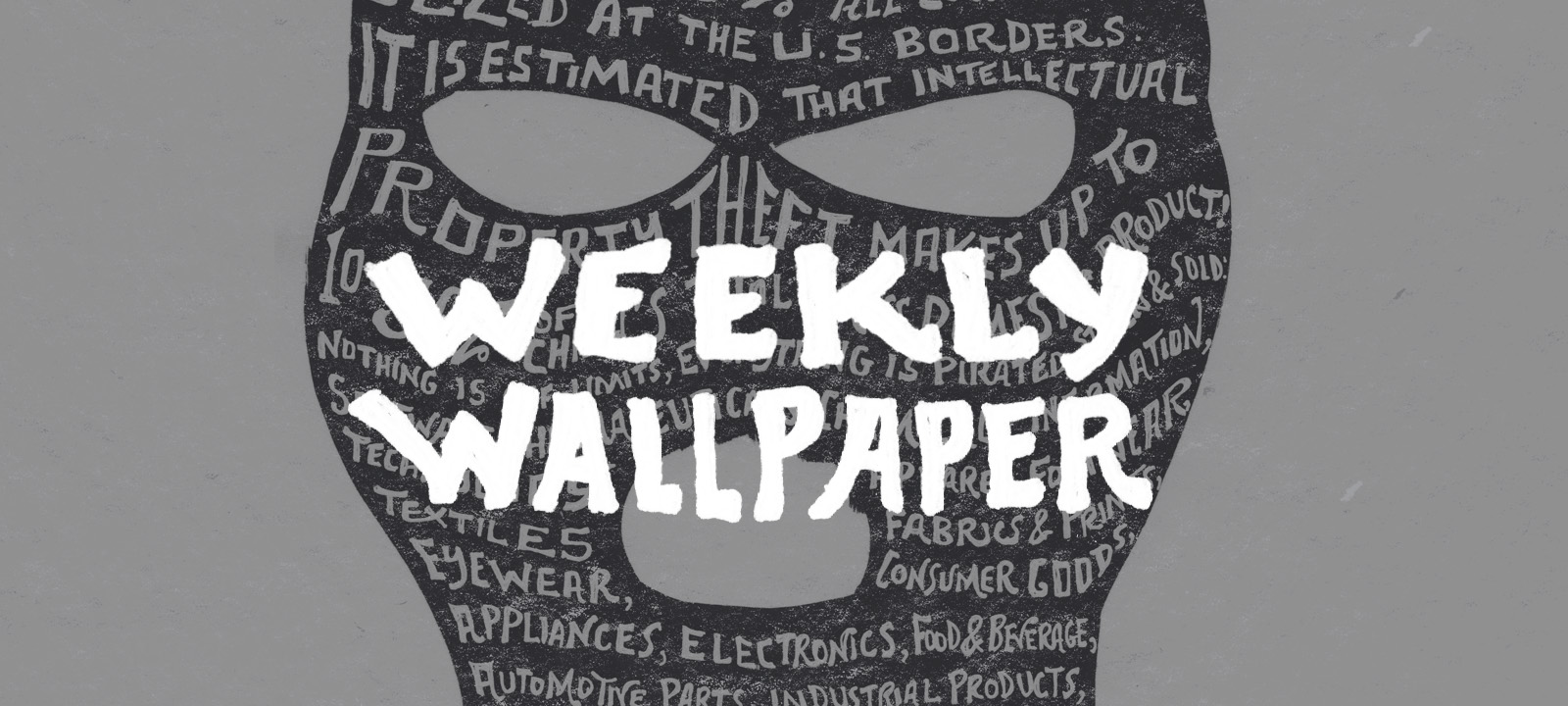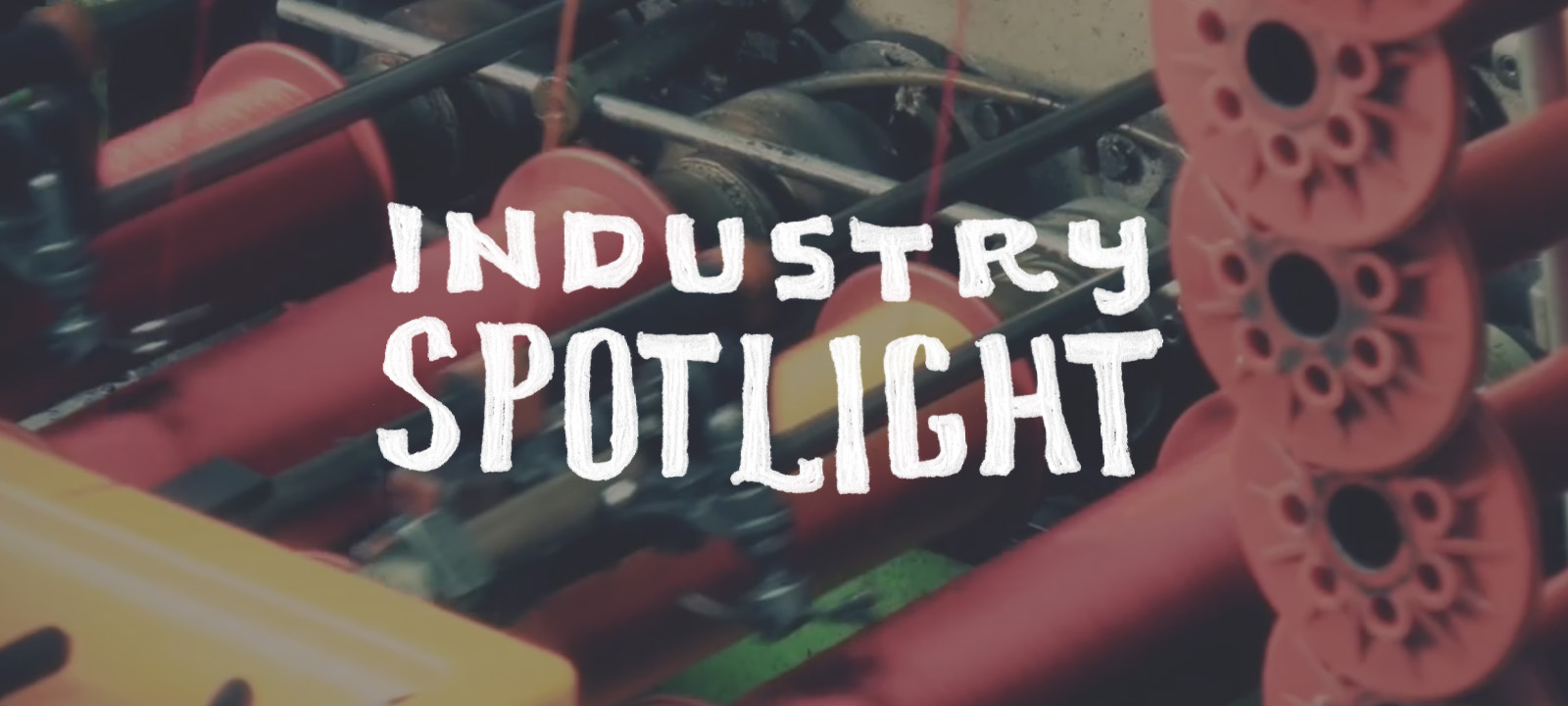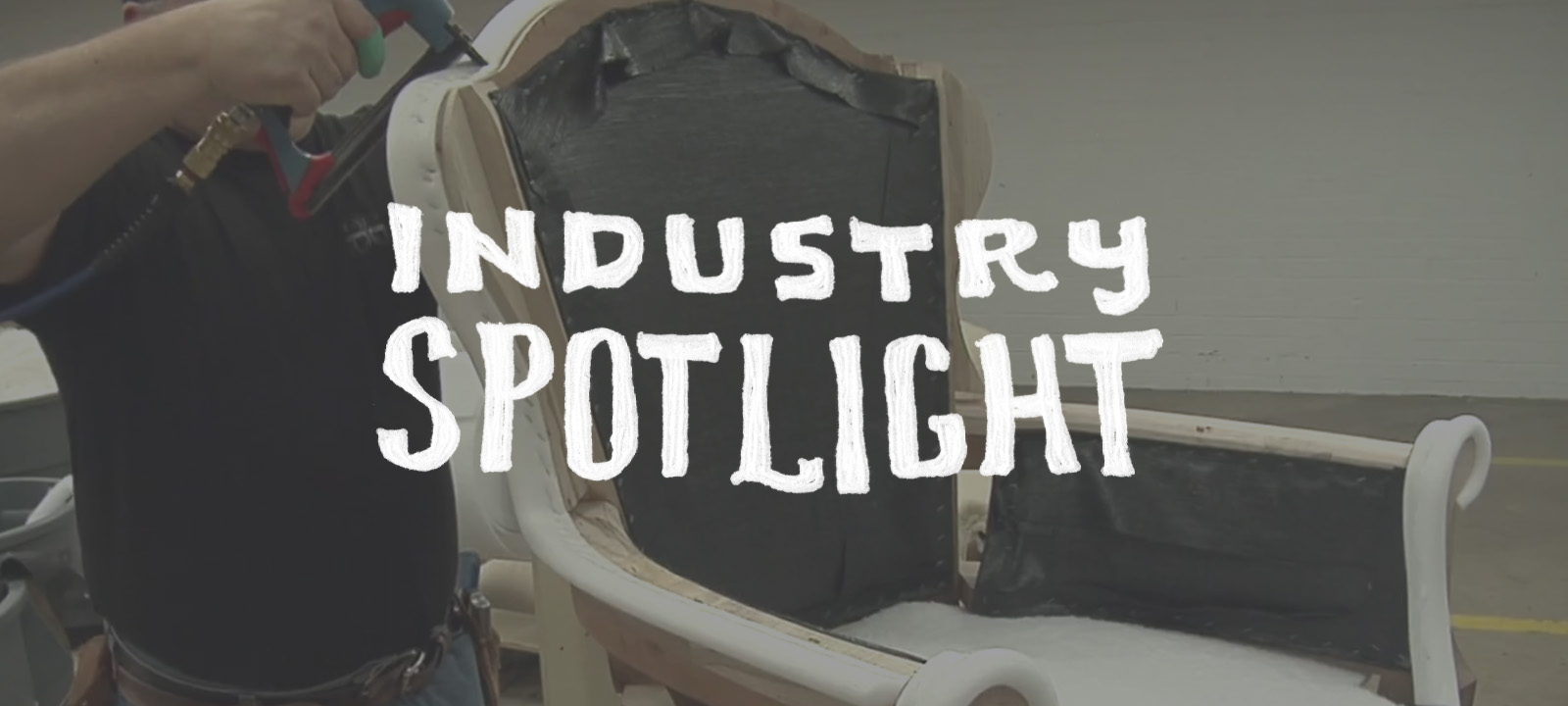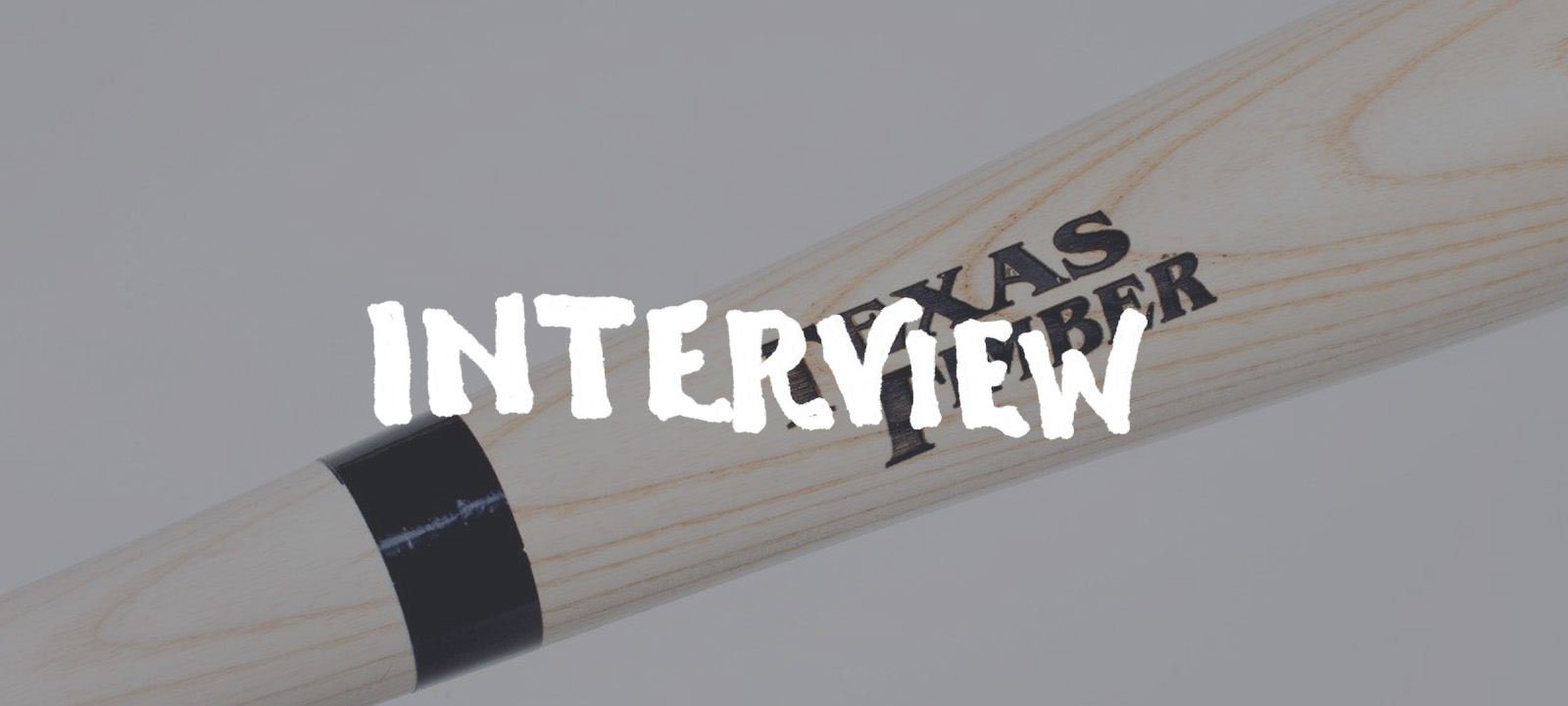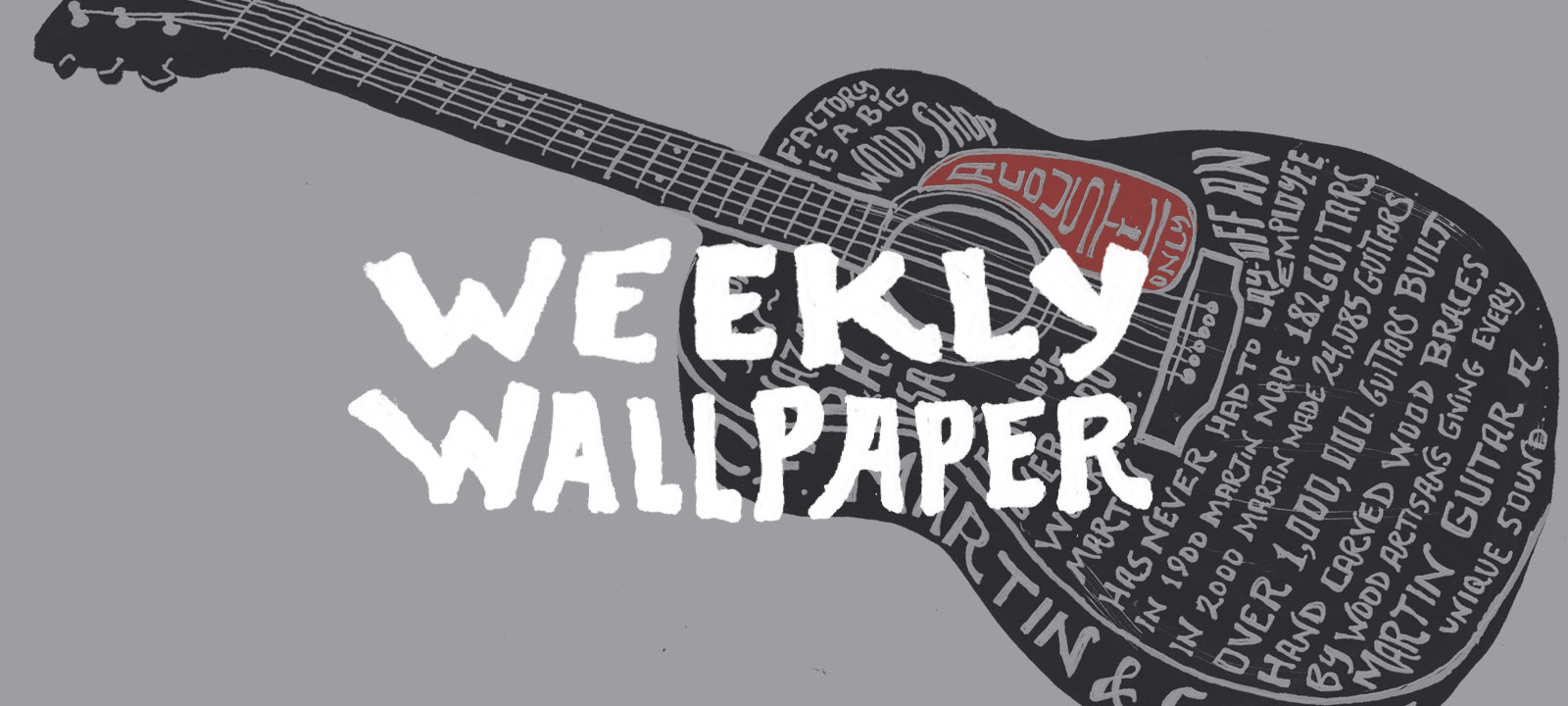Today’s interview is with Brent Starck, founder of Drift Studio in Mount Horeb, Wisconsin. Drift is a design studio, think-tank, prototype lab and ultimately a maker of module furniture.
Can you give 50 BUILT readers some background on yourselves and how Drift came to be?
I have been planning and imagining the idea of Drift Studio for most of my life in some form or another. I’ve always been an inventor, an artist and a maker at heart and I’ve always imagined a life where I could pursue those passions on a daily basis as my career. Drift Studio is my effort to make those dreams a reality. It is a place that hopefully will become a creative hub for product ideas and an incubator to help nurture those ideas into reality.
I studied economics at the UW-Madison and while I fully enjoyed the whole experience it wasn’t until junior year when I took my first studio art class that I felt truly engaged and excited. For me, that was the first time education had really resonated with how I think. It is problem solving with the creative process as your primary tool. Creating new ideas and solutions and then presenting those ideas to an audience for critical review. I came to the realization then and I still feel today that the environment of the studio art class is one of the best places you can find to learn the skills necessary to be an innovator and and entrepreneur. It definitely helped me in my career. I’ve started and owned a few small businesses most recently a financial software company which I sold a few years ago, and I have found building a business to be a lot like an art project. You start with a problem and some constraints, then you come up with solutions, present them to a group for feed back and ultimately hone in on what works. I’m over simplifying to be sure, but I didn’t have any other classes that could use in a similar analogy.
I love art for arts sake, but deep down I’m really a product guy. I get excited about designing cool, clever or beautiful things that are functional. When I am able to do it, I feel like I am serving my intended purpose, and I feel lucky. As a prolific daydreamer, for many years I have been imagining a facility that would emulate my university art studios containing a litany of tools, a library of materials and a community of creative people all working to create great things, great products. It would take a lottery win or the like to build that dream studio but I’m trying to get a small workable version going and so far I’m pretty happy with it.
We have renovated an old cheese factory from the 1930’s and made a pretty creatively inspiring place. A modest collection of woodworking tools, a cnc router, some pretty sophisticated software and a handful of creative types and we’re getting pretty close to the studio I have imagined. We call it Drift Studio. Drift is a metaphor for letting go of one’s fear, trusting in your ability and riding the “current” of what you’re called to do. It’s scary, but I just felt like if I was ever going to live this dream, I had to stop being afraid, stop holding on so tight to what was safe. Let go. Drift…
You have successfully shown at trade shows and been featured in the NY Times. How has the overall public reception been to your product line?
We’ve just launched our first product which is a modular cabinet system called the Riff System. We went to ICFF in NY last year with prototypes and had very encouraging response, so we spent the last year refining the product, working on manufacturing relationships, making instructions, packaging etc. Along the way, we did get picked by the NY Times and featured in their Holiday Gift Guide. That was a thrill. Of course it is great publicity, but to see a product I designed in the NY Times, was just neat. Last June we officially launched at Dwell on Design in LA and the response was great. We looked at it as a large focus group opportunity and spoke to as many people as we could while we were there and got a lot of encouraging feedback. I think we made it into something like 10 design blogs after the show as a favorite product etc, so that was great. All in all, so far we are getting very good response from the public but to be fair the public we are seeking out is a design conscious group who likes modern furniture and isn’t shocked by higher price tags.
What have you found to be the greatest attribute of Drift’s goods?
I think first and foremost people are really responding to the fact that our product generally has a lot of color and the fact that printing on wood has a very nice look. We gave a lot of thought to proportion and some of the more subtle details like the exposed mitered edges, the way the hardware is handled, or shadow lines, so hopefully those elements are playing some part in the product being well received too. And, then there is the modular aspect. We need to do a better job of explaining that aspect because it was really the primary objective of the product. Those who do understand how flexible the system is seem to really like what you can do with it. The modularity of the system gives you the ability to really have a hand in designing your piece and then you can add to it later or change it around as your needs or tastes change and the materials are robust enough to be taken apart and re-built over and over. It also seems that people are really appreciating the fact that we are committed to making our products in the USA. There definitely seems to be an emerging sensitivity to this topic and we’re happy to be a part of it.
Drift is essentially a hybrid design studio/incubator that carries the craft of wood working through to the production process. What have you learned in the last couple years about what it takes to mass produce goods in the USA and working with American Factories & vendors?
This past year we have learned a lot about mass production and the inner workings of factories. Most notably, it is abundantly clear how talented the men and women who work in these places are. Honestly, the knowledge these people who work in our factories have from an understanding of materials, to software prowess, to the ability to operate and troubleshoot very advanced machinery is truly amazing. It’s been fun to see and it has definitely informed my work as a designer. I’ve learned the hard way that when designing a product that might get mass produced, consideration needs to be given to the tools and processes a large manufacturer might employ when making your parts. One of my rookie mistakes was to nest parts for our Riff System with very little waste and the use of a 1/4 inch cutting tool on my cnc router. It was painful to find out that no manufacturer was going to use a 1/4 bit to cut my parts because the geometry isn’t efficient and the parts would cost a lot more to produce through more table time and burned up tooling. I had to re-engineer the entire system to use smaller panels so we could accommodate 1/2 inch cutting tools with a little room to spare. The change created a chain reaction that require me to re-build print files, jigs, tool paths, instructions etc. I now know that early in the design process, it is smart to tap into the years of talent and experience our manufacturers can offer to better understand how a product will be made and incorporate that information into the design if necessary.
What benefits do you find having manufacturing domestically as opposed to thousands of miles away overseas?
Aside from being philosophically important to me making product domestically it has been very advantageous for me because I have had easy access to the people who are making my products. The way we work is not only to design, but to also prototype our designs so we are intimately aware of the product from concept to reality. Sometimes making something can help inform the design and certainly from a business perspective, it’s helpful to have a good grasp on how feasible production actually is. Working with domestic partners has given us the ability to bring in prototypes, and have face to face meetings with the people doing the coding and the people actually working the machinery and talk to them about how we made our parts and what if any challenges we ran into. If nothing else it is just very nice to have those meetings to makes sure everyone is on the same page.
Is there a sense of pride having skilled craftsmen produce and manufacture your pieces instead of outsourcing that work to unknown workers?
I have a sense of pride knowing that the people involved in producing my products are good people. I think that comes through in the product somehow and even if it doesn’t it makes me feel good to know that I am part of a cycle that supports good people and businesses that do good things. I think good manufacturers anywhere are full of skilled craftsmen, but not everywhere are they treated well and it is important to me to know that my business does not contribute to inhumane treatment of others. It is too easy to put your head in the sand and have things manufactured in remote places to save a few bucks not knowing how those savings were achieved. We need to take responsibility for our choices and to do that you first have to be aware of what those choices actually are.
Have you had any struggles sourcing domestic made components and had to resort to foreign made?
I tried to find a source for plywood made in the USA that met our specifications and the only choice I could find turned out was actually not made in America but was just veneered here from cores made in Russia. We are using Baltic Birch cores from Russia as well, and we import them from an American company which seems like the same thing.
How much of Drift’s products are made in the USA?
Our Riff System is made of plywood panels which are manufactured in the USA. The panels are printed and finished in the USA. Our custom metal brackets and legs are fabricated in the USA and our polycarbonate parts are manufactured in the USA from American made material. We buy our nuts and bolts from an American company, but I’m not sure where they are actually made. We really try to keep it all here as much as possible.
How important is the Made in America process to your brand image? Do you market your products as Made in USA?
At this point made in the USA has really just been about us ‘walking the walk’ and we haven’t really incorporated it into our brand or marketing. We’ve talked about it and I like the idea of telling the story about our producers and vendors and showcasing them as people and members of our community, but for now being so new our primary focus is to talk about our product and raise awareness about Drift Studio. I’m sure soon, we will work more about our made in the USA values into the brand.
How has the reception been to the public and industry vets, in an industry where the new status quo is made overseas?
Our suppliers and partners are certainly happy about it and it helps us build relationships with these people when they know we are making an effort to keep things local. Everyone knows it often costs more to produce things here and it sends a pretty powerful message when you say I am willing to pay more because I care about supporting my community. We are definitely seeing an interest in this from the consumer too. A lot of people were asking us at the Dwell show if we were making our products here, so it seems to be in the public consciousness at the moment.
Do you feel your fulfilling some sense of duty by finding ways to produce your goods in the USA, since the vast majority of the furniture industry has been outsourced over the last couple decades.
Yes. Absolutely. Every dollar we spend as consumers is a vote. It is a vote to empower the practices of the businesses that made the good you are buying. If all we care about is cheap prices, people will figure out a way to give us cheap prices and that usually comes at other costs like exploiting cheap labor or toxic environmental side effects. I very much want to build a business that has a conscience and I want to build a business that supports our local community, the USA. By supporting products made in the States we create jobs here, which creates wealth here which generates taxes here and hopefully all that adds up to better schools and healthcare and infrastructure for ourselves and our neighbors.
Cheaply made foreign made furniture has saturated the market and forced American companies to manufacture their goods overseas to compete. How does your product respond to those threats?
We cannot compete in the price game and still have the mission to support local businesses, know our partners so we can know their practices, and make quality products that hopefully stay out of our landfills. We have been solicited by overseas manufacturers and I think we could make our product for half or less what it costs us currently if we made the products overseas. If we’re to simply compete on price, we’d have no choice. The way we plan to survive is to build a brand that people are willing to pay more for. High quality products and a focus on creative solutions and good design. Our Riff System as an example is as much about art as it is functional furniture. You can buy a wall cabinet for a lot less than one of ours will cost you, but with the Riff System your cabinet can have a sweet dahlia print gracing the surfaces, with a bold splash of color that makes you smile to look at it. You can’t get that anywhere else.
If you could tell our readers one factor that is the greatest threat or advantage to keeping things made in America, and allowing companies like Drift to succeed, what would it be?
You are in control. The dollars you spend change policy. Really. Look at how quickly the food industry has bent over backwards to offer organic this and that. Sure a lot of it is greenwashing, but a lot of it isn’t and it’s all happening because people are willing to pay a little more for something that is better for us and our environment. As consumers, we will get what we ask for and if all we ask for is lower prices, we’ll get them, but what’s the cost? Support good businesses and you’ll be doing good. Support things made in the USA and you’ll be supporting your own community. You don’t need to spend more money, just buy less and buy right!
Awesome, thank you Brent!
